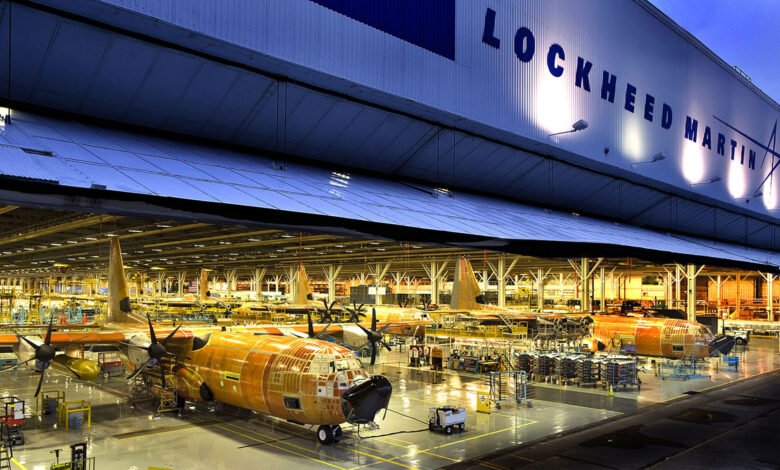
Does the Lockheed Martin space Station and Nanoracks make commercial sense?
Last week, the aerospace and defense company Lockheed Martin Corporation (LMT) announced its participation in building a space station in Earth orbit by 2027. However, the company is already involved in the Gateway lunar station project, and the new initiative seems redundant.
The project differs from ISS and any other station in that it is at commercialization for the first time. In addition, so much about the Lockheed Martin station project is that it will implement the project in partnership with Nanoracks.
It was the first to establish regular deliveries of commercial loads to the International Space Station, such as materials and production processes for testing zero gravity. In addition, Nanoracks specialists have developed a particular container called MixStix, which can work in space, for example, to produce materials that cannot create on Earth.
Nanoracks has experience and understanding of the possibilities of space commercialization, so its participation in the commercial station project as a general contractor indirectly indicates a corresponding demand.
Currently, the station’s project called Starlab is with specialists from Nanoracks, Lockheed Martin, and Voyager Space. Starlab consists of a service module and a habitable inflatable central module with a volume of about 340 cubic meters, which is not much less than the living volume of the ISS. In addition, Starlab will have a modern laboratory, a robot manipulator, and a powerful power plant (60 kW).
It is precisely a production and research site for the simultaneous work of four people. Nanoracks will invest and commercialize the station, and the company is confident that the project will bring benefits. The commercial operation may begin in 2027.
For Lockheed, the Starlab station will become a valuable experience in developing complex space systems, which will be helpful in the long term to compete with SpaceX. At the auction on October 22, the LMT security was worth $374.6.